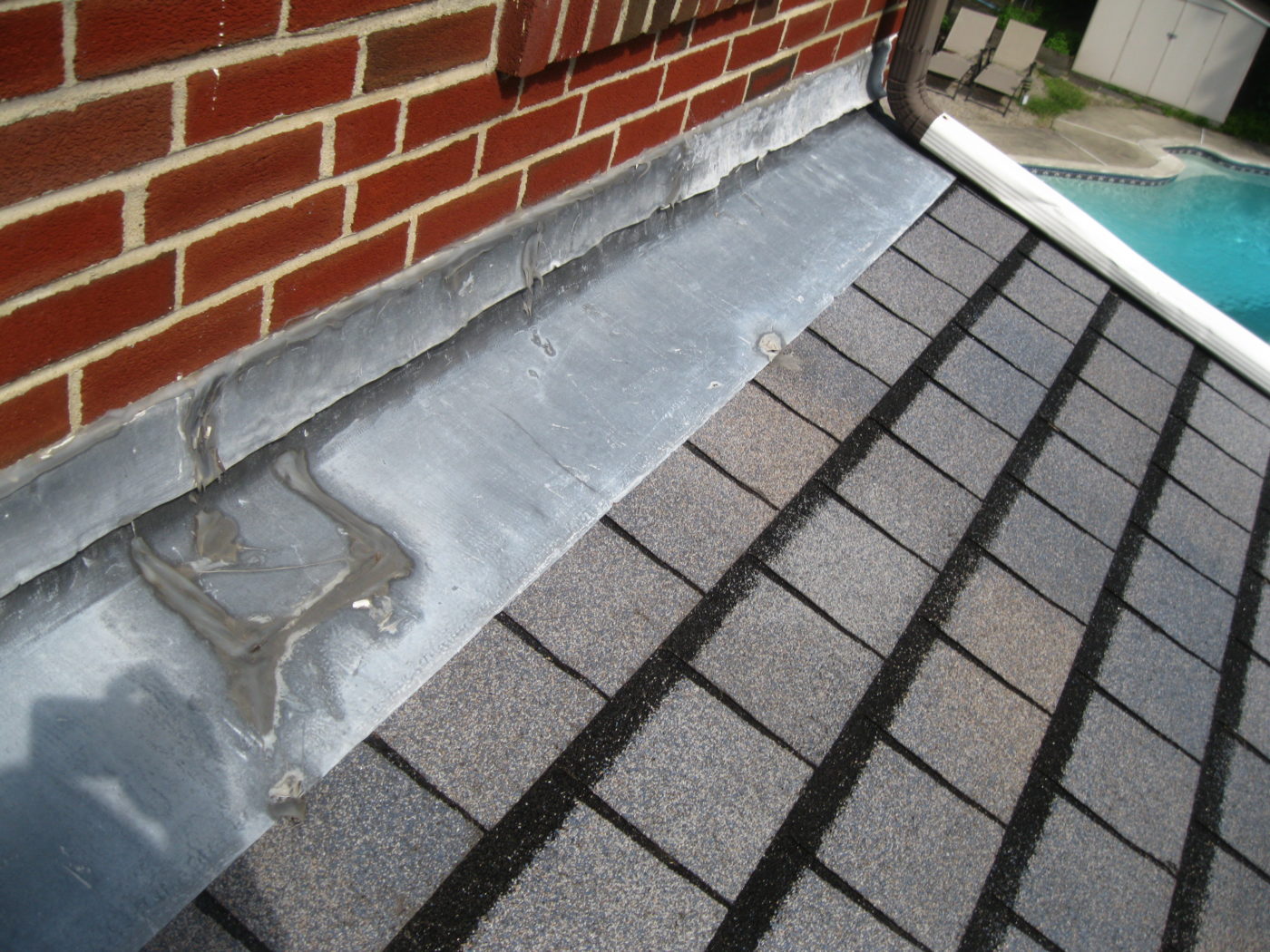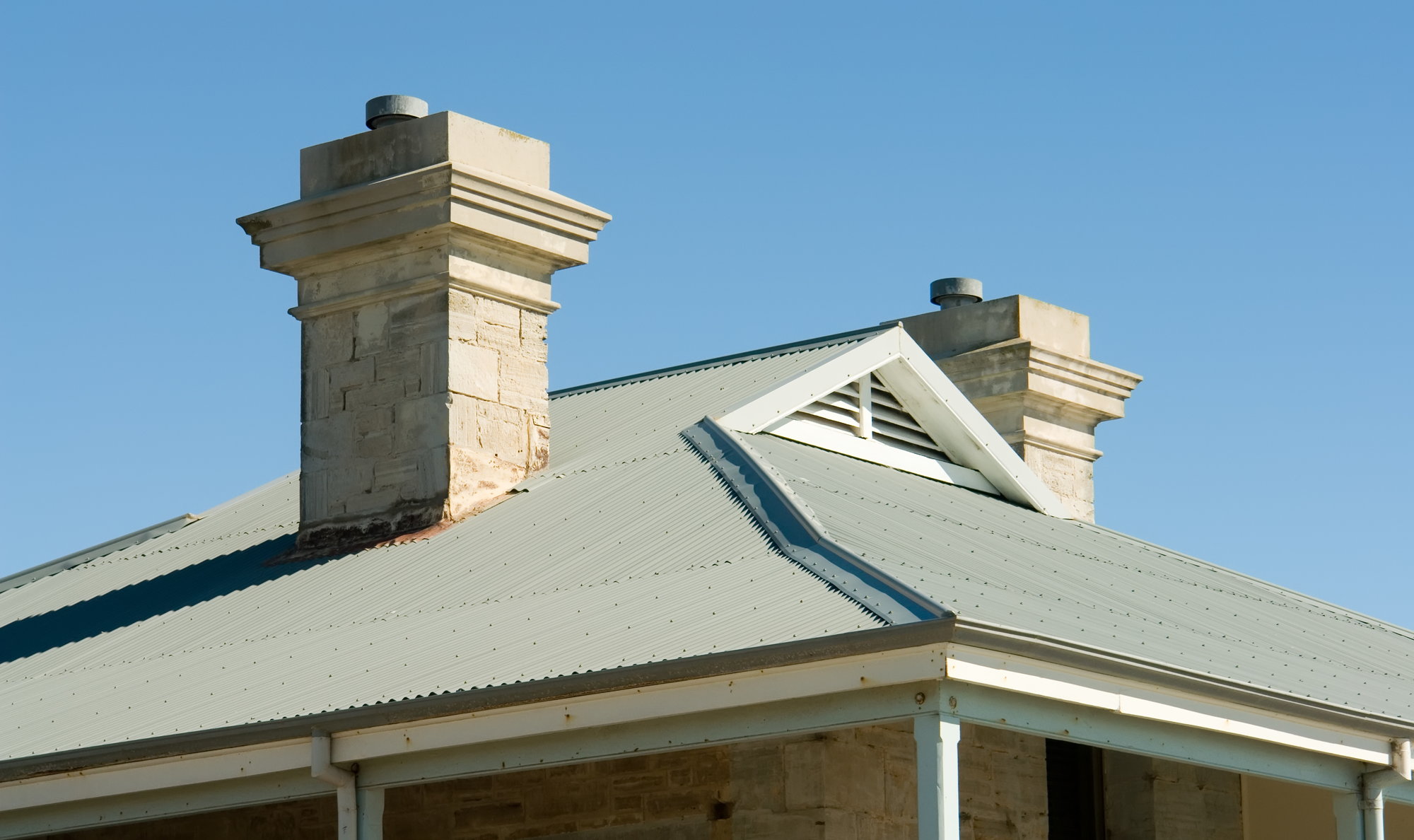
temperate and warm climates (Climate zone 2−6) where both heating and cooling are required.hot humid climates (Climate zone 1), where no heating is required.designing ceilings and positioning furniture for optimum efficiency of fans, cool breezes and convective ventilation.Ĭooling requirements are dictated by climate, so different approaches to passive cooling are required for:.
ARE TIN ROOFS COLLER WINDOWS

The following advice on passive cooling applies generally in any climate zone. With careful design for passive cooling, we can keep our homes comfortable and reduce energy costs. Climate change will see our average temperatures increase, and extreme events such as heatwaves occur more often. Passive cooling is becoming more important as our climate changes. There are many ways you can design or modify your home to achieve comfort through passive cooling. Passive cooling is the least expensive means of cooling a home, especially in environmental terms. psychological comfort (psychological factors that affect our perception of comfort, for example, levels of acclimatisation and air movement, radiation and conduction).physiological comfort (the physical factors necessary for comfort for example, encouraging breezes to evaporate perspiration and increase body cooling).increasing heat loss and access to cooling sources (for example, by using earth coupling and encouraging air movement).reducing heat gain (for example, by installing insulation and shading windows, walls and roofs).There are 2 basic components to passive cooling: cooling the building, and cooling people. To be comfortable, buildings in all Australian climates require some form of cooling at some time of the year, and this need is increasing with a warming climate. Passive cooling is where the building design and materials are used to control temperature in hot weather. Landscape and garden design can also play an important role in passive cooling.In climates with a temperature difference of 6☌ or more between day and night, thermal mass can also be used to cool a home. The main methods to increase heat loss are to place and design openings to allow good ventilation, add ceiling fans or whole-of-house fans, and ensure any air-conditioning works well with building design and insulation.


It is best to use passive cooling design principles when building or buying a home.Passive cooling can significantly increase your comfort and reduce your energy bills.

Passive cooling is especially useful in hot and humid or hot and dry climates. Buildings in all Australian climates require some form of cooling at some time of the year to be comfortable.Passive cooling means using design choices to reduce heat gain and increase heat loss.


 0 kommentar(er)
0 kommentar(er)
